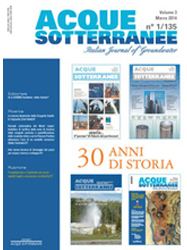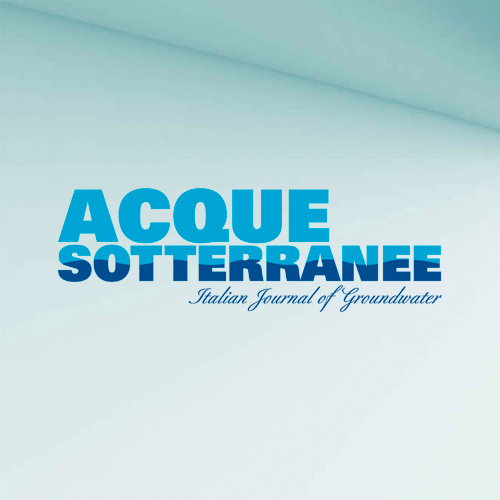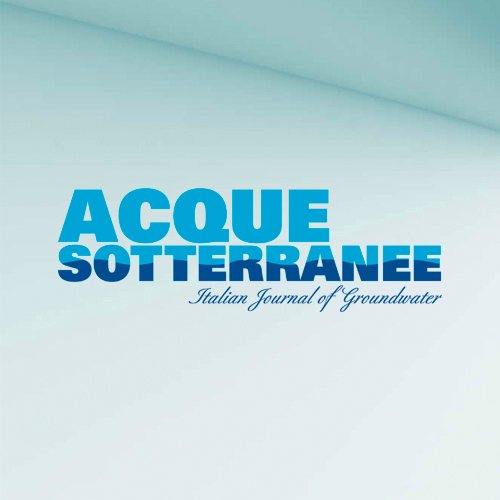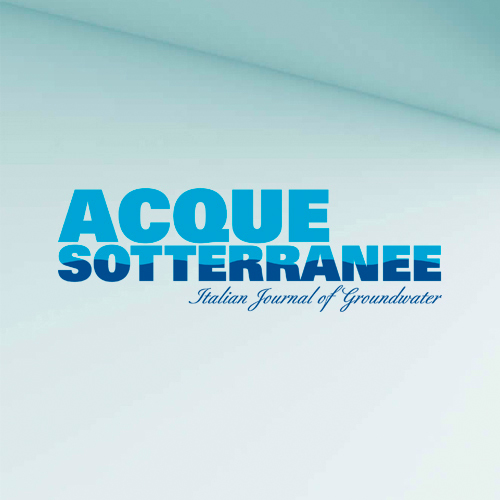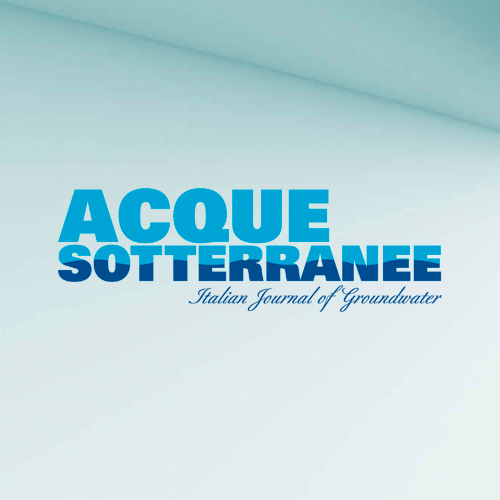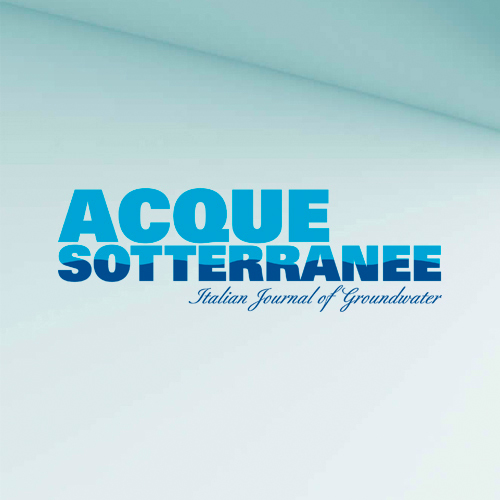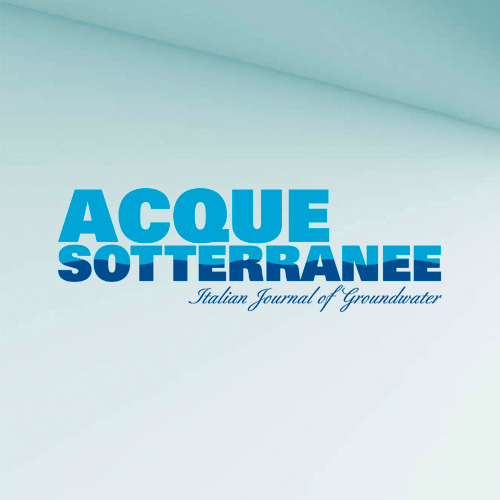Multidisciplinary investigations of a karst reservoir for managed aquifer recharge applications on the island of Vis (Croatia)
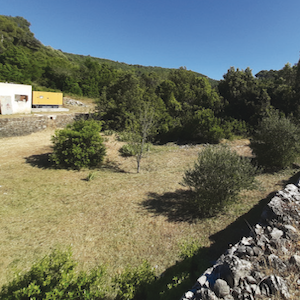
All claims expressed in this article are solely those of the authors and do not necessarily represent those of their affiliated organizations, or those of the publisher, the editors and the reviewers. Any product that may be evaluated in this article or claim that may be made by its manufacturer is not guaranteed or endorsed by the publisher.
Authors
Managed aquifer recharge (MAR) refers to a suite of methods by which excess surface water or non-conventional water is stored underground for subsequent recovery or environmental purposes. MAR solutions have been largely used in unconsolidated aquifers, while their application in karst aquifers is rare. This research presents the first results of a MAR viability study on the island of Vis, a small karstic island in the Adriatic Sea. Favorable geological and hydrogeological conditions enable the formation of karst aquifers, making the island autonomous in terms of water supply. The island's main aquifer, exploited in the Korita well field, is protected from seawater intrusion by several hydrogeological barriers. However, climate change and high seasonal pressures related to tourism pose a threat to the future availability of freshwater. Multidisciplinary field and laboratory investigations were carried out to detail the geological and hydrogeological setting of the island and its groundwater resource. Field analyses consisted of groundwater monitoring and sampling, geophysical investigations (i.e., electrical resistivity tomography), and structural measurements. Laboratory analyses included measurements of principal cations and anions and tritium activity. Despite low precipitation during the observation period (September 2019 - December 2020), the groundwater resource at the Korita site showed stable trends of physico-chemical parameters with a good storage potential and a long-term reserve. Geophysical investigations evidenced a relatively homogeneous sequence of the rock mass at a larger scale, while structural analyses indicated the occurrence of E-W karstified and open fractures that could represent a preferential flow path in the carbonate aquifer. A MAR solution for the Vis island was proposed combining an infiltration pond scheme with the direct injection of the accumulated waters into the aquifer using available wells. The potential water source could be represented by the runoff collected in an old artificial channel and the associated pond system in Korita.
How to Cite

This work is licensed under a Creative Commons Attribution-NonCommercial 4.0 International License.
PAGEPress has chosen to apply the Creative Commons Attribution NonCommercial 4.0 International License (CC BY-NC 4.0) to all manuscripts to be published.


